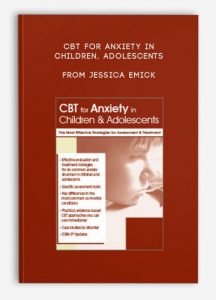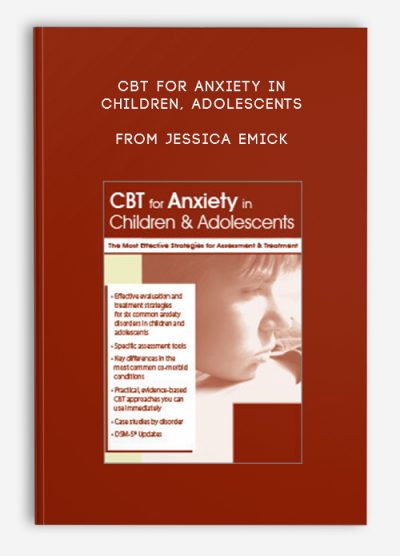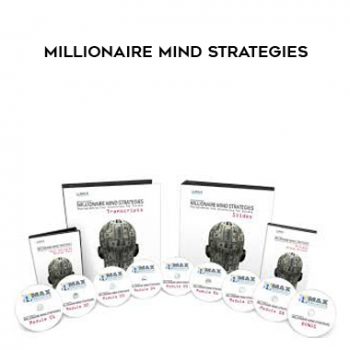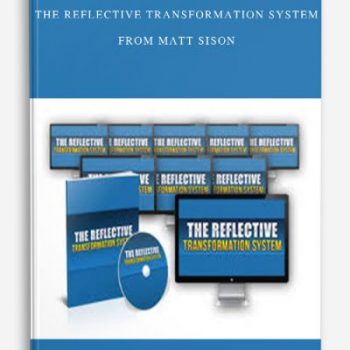 CBT for Anxiety in Children, Adolescents from Jessica Emick
CBT for Anxiety in Children, Adolescents from Jessica Emick
More information about Medical:
Medicine is the science and practice of establishing the diagnosis, prognosis, treatment, and prevention of disease.
Medicine encompasses a variety of health care practices evolved to maintain and restore health by the prevention and treatment of illness.
Contemporary medicine applies biomedical sciences, biomedical research, genetics, and medical technology to diagnose, treat, and prevent injury and disease,
typically through pharmaceuticals or surgery, but also through therapies as diverse as psychotherapy, external splints and traction, medical devices, biologics, and ionizing radiation, amongst others.
Medicine has been around for thousands of years, during most of which it was an art (an area of skill and knowledge) frequently having connections to the religious and
philosophical beliefs of local culture. For example, a medicine man would apply herbs and say prayers for healing, or an ancient philosopher and physician would apply bloodletting according to the theories of humorism.
In recent centuries, since the advent of modern science, most medicine has become a combination of art and science (both basic and applied, under the umbrella of medical science).
While stitching technique for sutures is an art learned through practice, the knowledge of what happens at the cellular and molecular level in the tissues being stitched arises through science.
Outline:
PART ONE: Assessment
The Developmental Unfolding of Anxiety
- Typical vs. atypical behavior
- Developmental expectations related to anxiety disorders
- When typical anxiety becomes something more
What to Look For, How to Differentiate
- DSM-5® criteria
- Specific assessment tools
- Most common disorders
- Obsessive Compulsive Disorder
- Panic Disorder
- Selective Mutism
- Separation Anxiety Disorder
- Social Anxiety Disorder
- Generalized Anxiety Disorder
Interplay of Anxiety & Other Issues
- Impact of anxiety on other aspects of functioning
- Impact of cultural differences
- Common co-morbid conditions:
- ADHD
- Learning disorders
- Speech & language disorders
- Substance use issues
PART TWO: Treatment
CBT Interventions for Children & Adolescents
- Psychoeducation
- Relaxation
- Cognitive schema re-organization
- Problem solving
- Reinforcement
- Modeling
- Exposure-based procedures
- Specific treatments by disorder and age group
- The role of creativity in discovering, practicing & generalizing skills
Interventions for Home & School
- Family behaviors
- Maximize family buy-in & support
- Collaborative consultation with the school
Case Studies
- Separation Anxiety – help a 10-year-old attend a sleepover
- Obsessive Compulsive Disorder – help a 9-year-old stop counting in patterns
- Social Anxiety Disorder/School Refusal – help a 6-year-old attend school
- Selective Mutism – help a 7-year-old talk to his peers at school
- Generalized Anxiety Disorder with Panic Attacks – help a 13-year-old manage panic attacks
Description:
- Effective evaluation and treatment strategies for six common anxiety disorders in children and adolescents
- Specific assessment tools
- Key differences in the most common co-morbid conditions
- Practical, evidence-based CBT approaches you can use immediately
- Case studies by disorder
- DSM-5® Updates
Watch this seminar and gain specific assessment tools to diagnose six common anxiety disorders that affect children and adolescents. You will learn to distinguish whether the behavior is typical or atypical for their age and stage, make the correct diagnosis using the DSM-5® criteria and understand the impact of the disorder on other areas of the child or adolescent’s functioning. Using a comprehensive cognitive behavioral framework, you will learn which interventions work best with different types of anxiety disorders based on the child or adolescent’s developmental level. The six common anxiety disorders that affect children and adolescents to be addressed include:
- Obsessive Compulsive Disorder
- Panic Disorder
- Selective Mutism
- Separation Anxiety Disorder
- Social Anxiety Disorder
- Generalized Anxiety Disorder
Via case examples and experiential learning, you will discover ways to get buy-in from the family and the school. You will leave this seminar with proven, practical strategies that you can implement immediately with even your most challenging clients.













tristian –
This is Digital Download service, the course is available at Coursecui.com and Email download delivery.